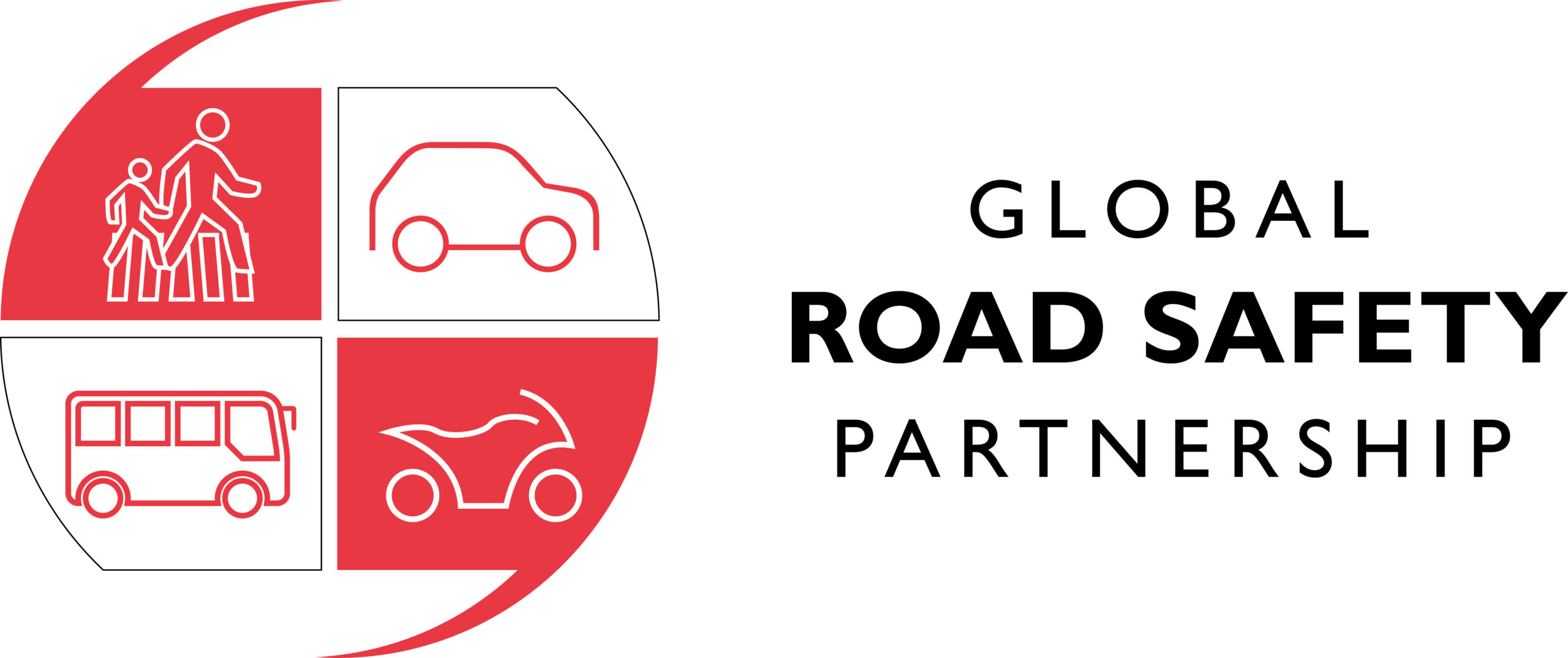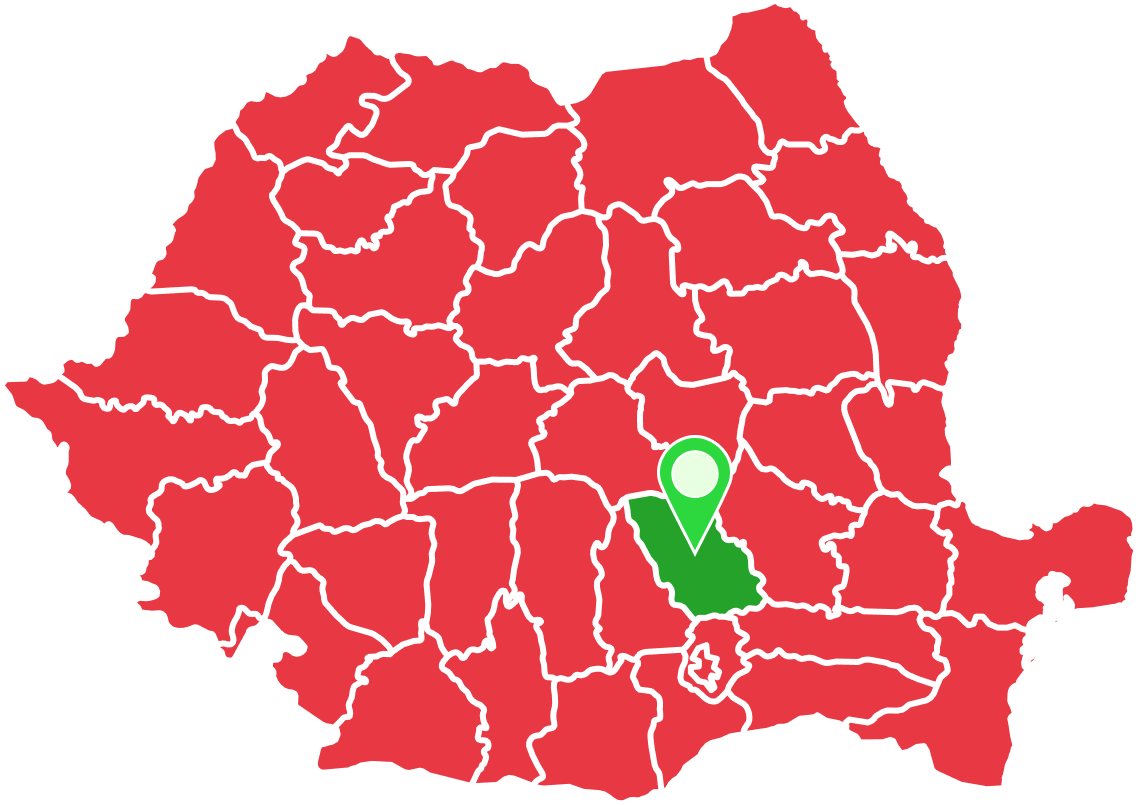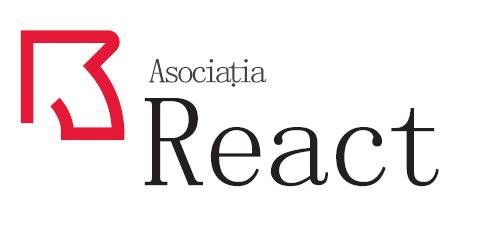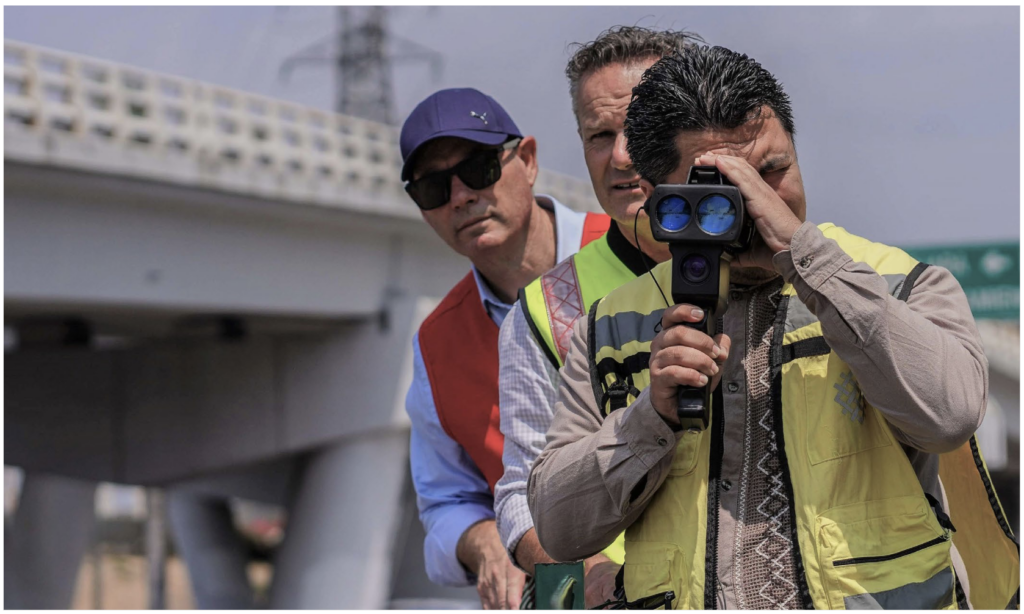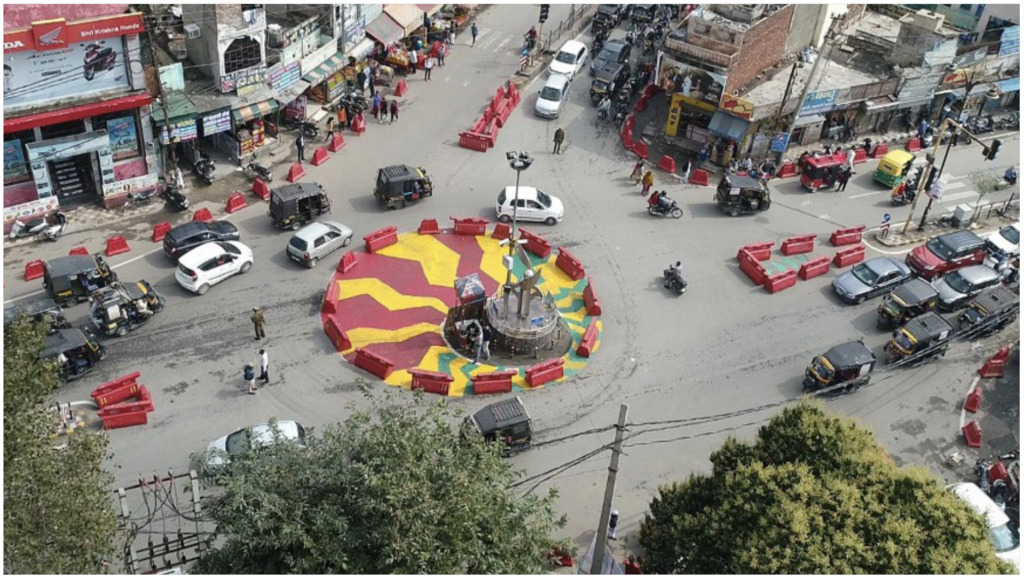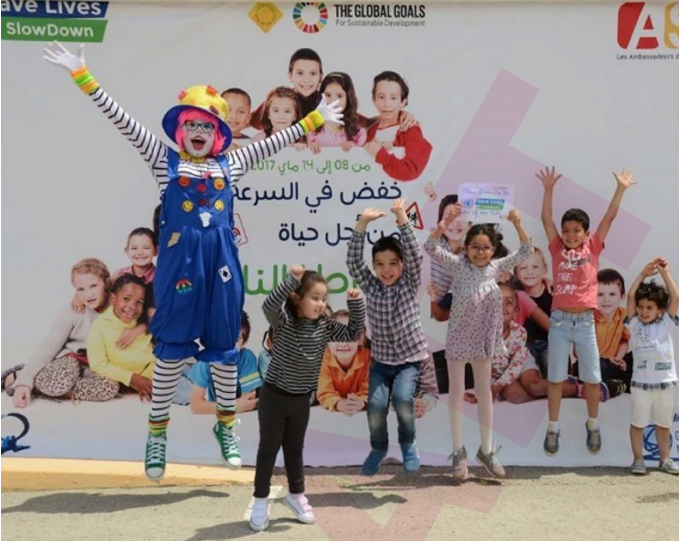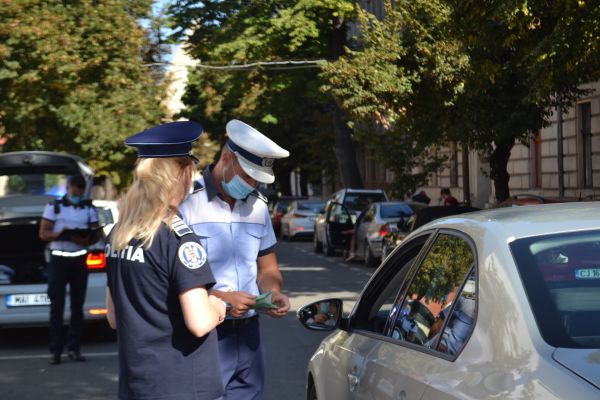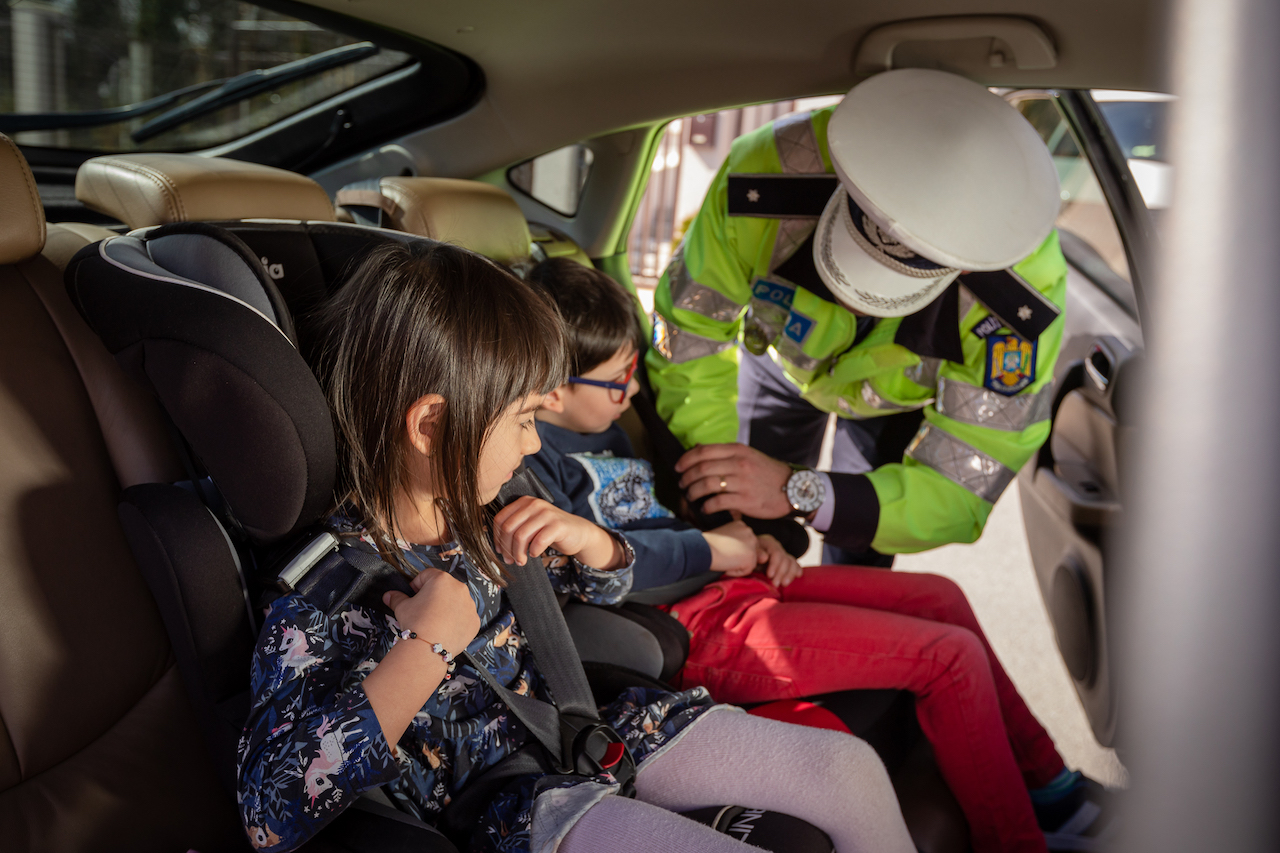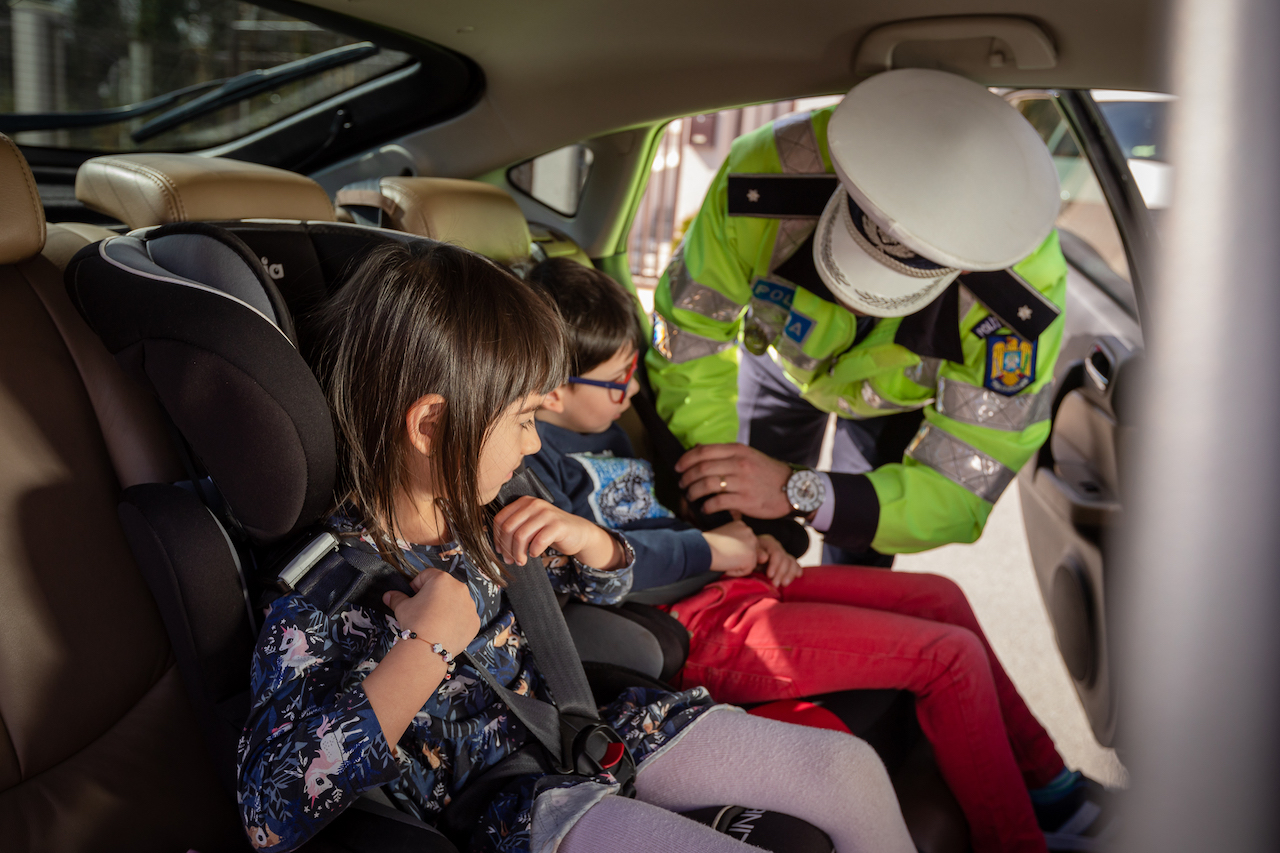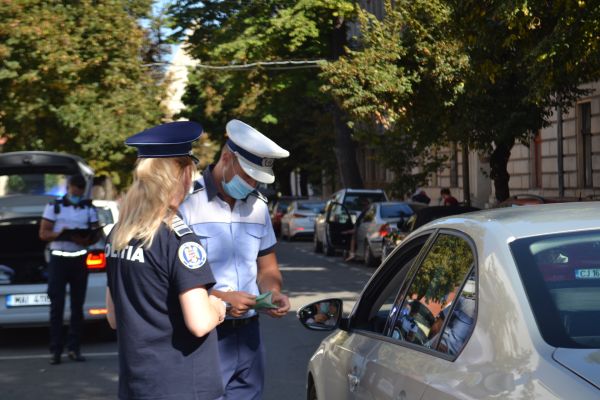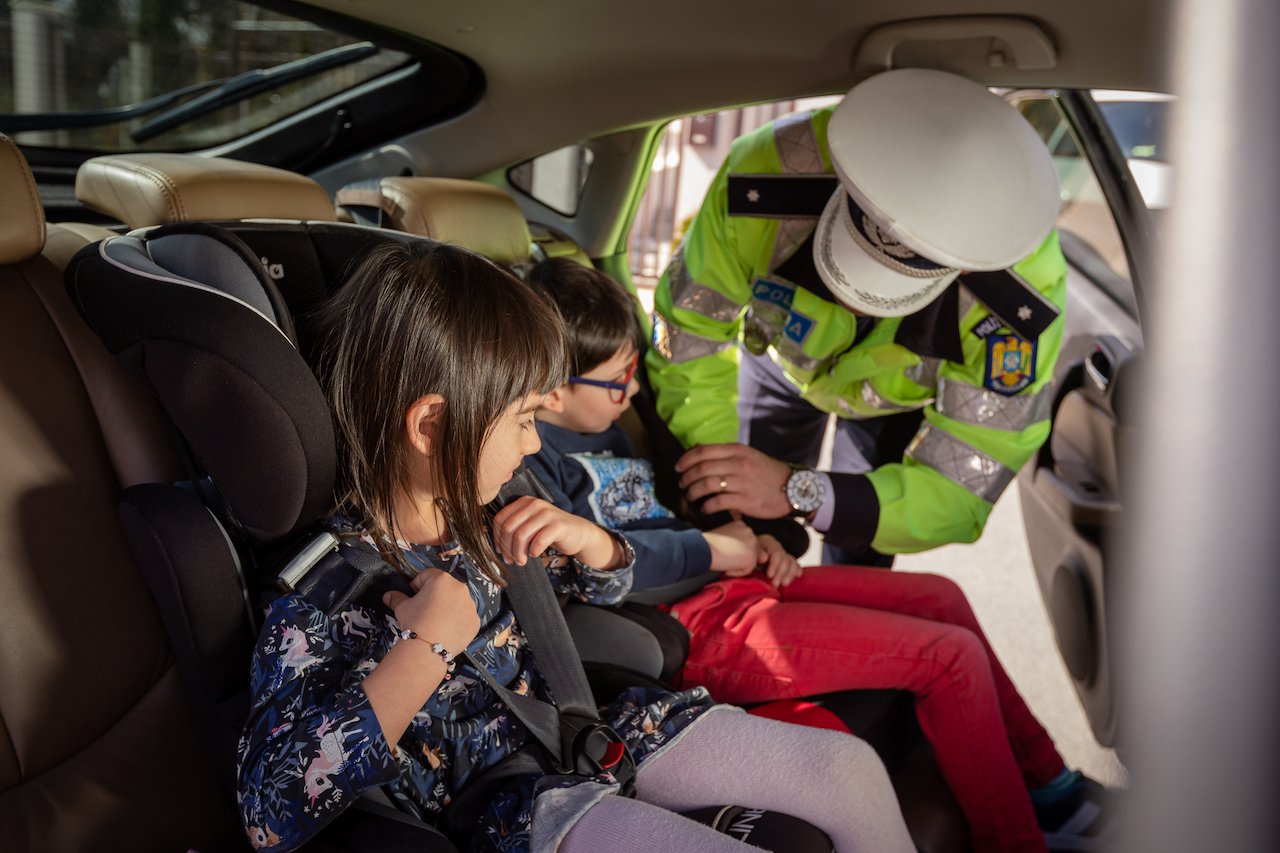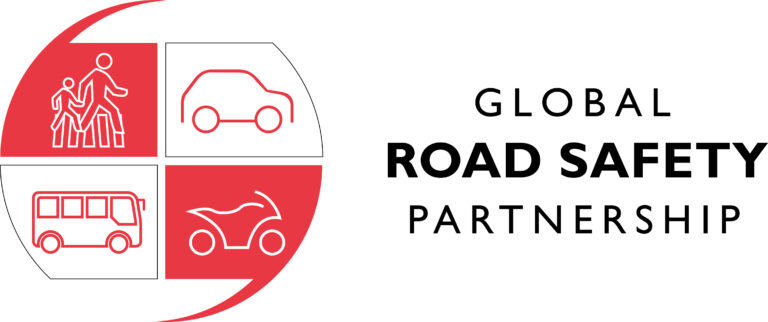OUTCOME
Whilst the Zebra project was able to identify the 13 schools it intended to work with and were able to sign agreements with eight of them, in the end it did not achieve either of its objectives. There was some road safety education conducted, but its effect was not measured. The project’s scope and budget were severely cut to minimise risk and financial loss. Ultimately, the project was deemed unsuccessful and did not receive an extension to Phase 2.
PROJECT LEARNINGS
The project team struggled to practically develop the idea of an escape room into a tangible product. It initially wanted to create a mobile escape room installation which could be moved from one school location to another. The design and procurement were deemed unfeasible and ultimately failed. There were discussions to create a virtual room instead, particularly with the onset of the pandemic, but this also had its challenges. React needed help to obtain approvals and support from the schools and municipality, which had other competing priorities other than road safety.
Some of the learnings from the project can be summarised as:
- To be aware of the level of support and commitment from the municipality, Ministry of Education etc., which can change over time, particularly with changing environments (I.e., Covid-19).
- To pay close attention to the technical capabilities of the civil society’s track record and other project commitments that it may have. In React’s case, it was obvious that they were struggling with a European Commission project which was also failing, which consumed most of the organisation’s attention.
- To put more effort into scrutinising and supporting organizations where staff and/or project leads are changed. An ineffective handover affected the project’s overall deliverables and ultimate failure.
In essence, whilst the idea of an escape room and using play as a learning activity for children is an innovative, novel, and attractive approach, it ultimately requires practical solutions to bring it to life. There needed to be more know-how from this grantee, and its partners, to make this happen. The onset of the pandemic was the nail-in-the-coffin for the project, where the grantee could not effectively adapt to other activities.
